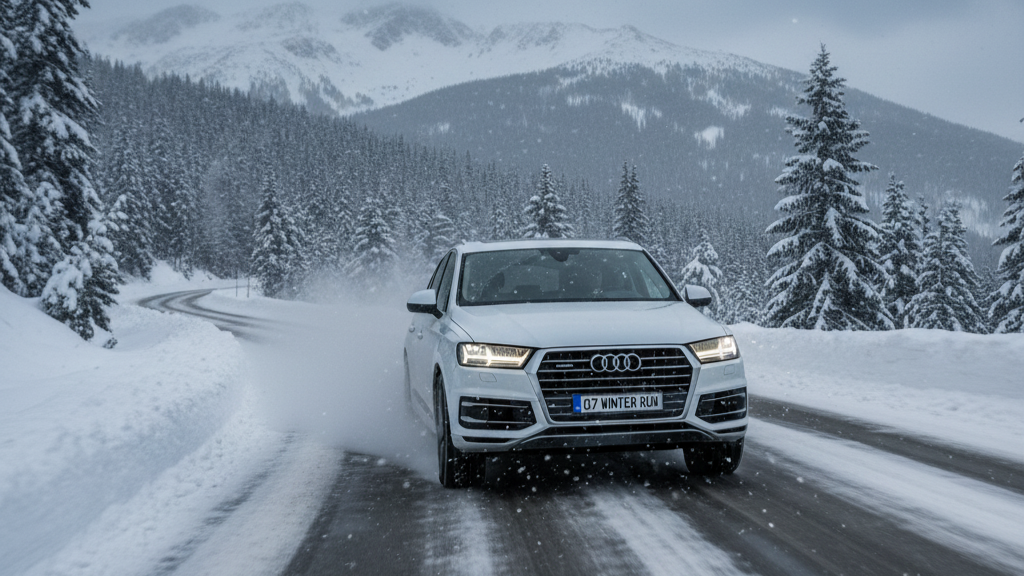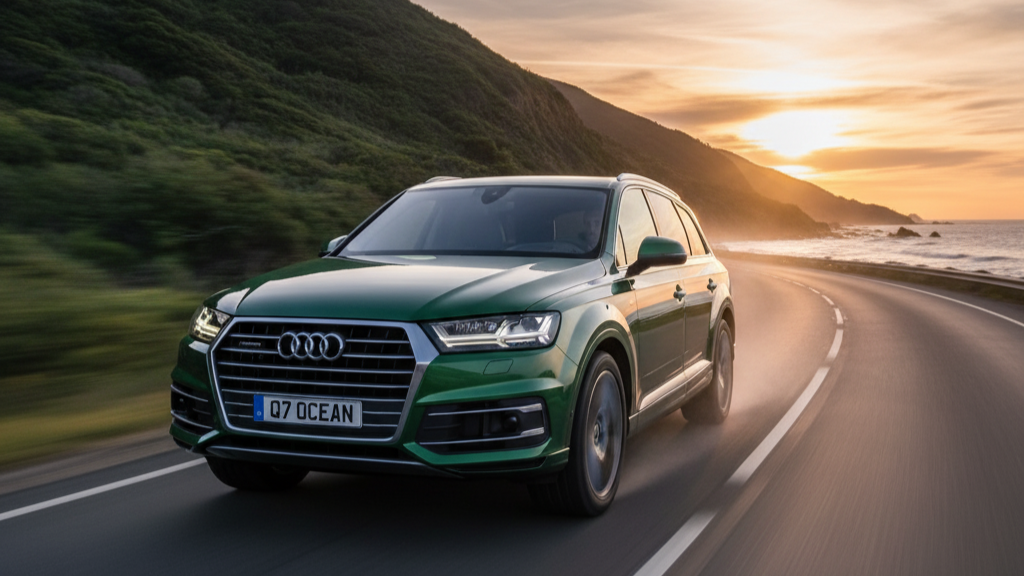Audi Q7 Maintenance Essentials for Long-Term Ownership
Published on: Fri Nov 01 2024
A Practical Guide to the Audi Q7
Overview
The Audi Q7 stands as the flagship of the brand’s “Q” series, defining the large premium SUV segment. Typically configured as a seven-seater, it is renowned for its vast interior space, luxurious appointments, and cutting-edge technology. The legendary quattro all-wheel-drive system provides exceptional stability, while its superb ride quality makes it a favorite for families and long-distance travel. This guide offers a practical, in-depth look at the Q7’s ownership costs, maintenance needs, reliability, and used market landscape.
1. Ownership Costs
Owning a Q7 means committing to the highest tier of Audi’s cost structure. From the vehicle’s price to its daily upkeep, expect significant expenses.
New and Used Car Prices
- New Car Price: A new Q7 starts at approximately $60,000, with high-performance models like the SQ7 or RS Q8 exceeding $100,000. Options will quickly inflate the price.
- Used Car Price: First-generation (4L) models can be found for as low as $7,000, but well-maintained examples are scarce. Later 4L models range from $13,000 to $23,000. The second-generation (4M) is more accessible, with pre-facelift models starting around $27,000 and post-facelift (2020+) models commanding $47,000 or more.

Taxes & Registration
- As a heavy vehicle, the Q7 falls into a higher tax bracket in many regions. Annual registration and property taxes are based on the vehicle’s high value and can be substantial.
Insurance
- Due to its high value and theft risk, the Q7 has a top-tier insurance rating. Comprehensive insurance is expensive, with annual premiums estimated at $1,800 to $3,500, depending heavily on driver profile and coverage.
Fuel Economy and Costs
- Fuel Efficiency: The Q7 is not a fuel-efficient vehicle. Expect around 19-21 MPG for modern V6 models. In city driving, this can easily drop to 15 MPG or lower.
- Fuel Type: Premium gasoline is mandatory. For an annual 10,000 miles, fuel costs are estimated to be between $2,000 and $2,500, representing a major portion of the running costs.
2. Maintenance
Maintaining a large, complex vehicle like the Q7 requires specialized, costly care to preserve its performance and safety.
Scheduled Maintenance
- Engine Oil Change: Recommended annually or every 10,000 miles. The large engine requires more oil, bringing dealer costs to $200-$350.
- Brake Fluid: Should be replaced every two years, costing $150-$250.
- Air Suspension: Regular inspection is critical, as age increases the risk of air leaks and other failures.

Key Consumables and Replacement Costs
- Tires: The Q7 comes with large-diameter tires (20-inch or more) that are expensive and wear quickly. A replacement set of four can cost anywhere from $1,500 to over $3,000.
- Brakes: The heavy vehicle puts immense strain on the brakes. Pads and rotors wear out fast. A front brake service alone can cost $1,200-$2,000, with a full replacement easily exceeding $2,500.
- Battery: The large AGM battery is costly, with replacements running $400-$600. Some models also have a secondary battery.
3. Reliability
A Q7’s reliability is directly tied to its year and service history. First-generation models, in particular, require careful consideration.
First Generation (4L) Watchpoints
- Air Suspension Failure: This is the Q7’s most notorious issue. Deteriorating air bellows lead to leaks, and compressor failure is common. Symptoms include the vehicle failing to raise or leaning to one side. Repairs are exorbitant, often costing over $1,000 per corner and $1,500+ for a new compressor.
- MMI (Infotainment) Malfunctions: Screen freezes or failures are common. Replacing the unit can cost over $1,500-$2,500.
- Engine Issues: Known problems include timing chain issues on the 3.6L V6 and carbon buildup on the 4.2L V8.
- Water Leaks: Clogged sunroof drains are a classic problem, leading to water leaking into the cabin and potentially destroying sensitive electronics, resulting in astronomical repair bills.

Second Generation (4M) Reliability
- The 4M generation is significantly more reliable. However, its complex systems, like the 48V mild-hybrid technology and numerous electronic controls, present potential for future issues. The post-facelift model’s dual-touchscreen setup could also be a future point of failure.
4. The Used Market
High depreciation makes a used Q7 seem like a bargain, but this is deceptive. The purchase price is only the beginning.
Market Trends
- First Generation (4L): These are very cheap but are high-risk purchases that can easily become “money pits,” where repair costs exceed the vehicle’s value. If you must buy one, choose a late-model vehicle with a perfect service history.
- Second Generation (4M): Pre-facelift models offer a good balance of modern design and improved reliability at a depreciated price point, starting from around $27,000.
Tips for Buying a Used Q7
- Air Suspension Check: This is non-negotiable. Check if the car sits level and raises promptly after starting. Listen for an overworked compressor.
- Scrutinize Service Records: Verify the history of oil changes and, crucially, the replacement of expensive consumables like brakes and tires.
- Test All Electronics: Meticulously check every feature: MMI, climate control, power seats, tailgate, etc.
- Test Drive: Get a feel for the vehicle’s large size and listen carefully for any suspension noises or unusual behavior during braking.
Conclusion
The Audi Q7 is a rolling lounge, offering immense comfort and technology. However, this luxury comes at the steep price of high maintenance costs and significant repair risks. For used buyers, the low entry price is a siren’s call that must be tempered with a realistic budget for potential four or five-figure repair bills. A partnership with a trusted, expert mechanic is an absolute prerequisite to enjoying life with a Q7.